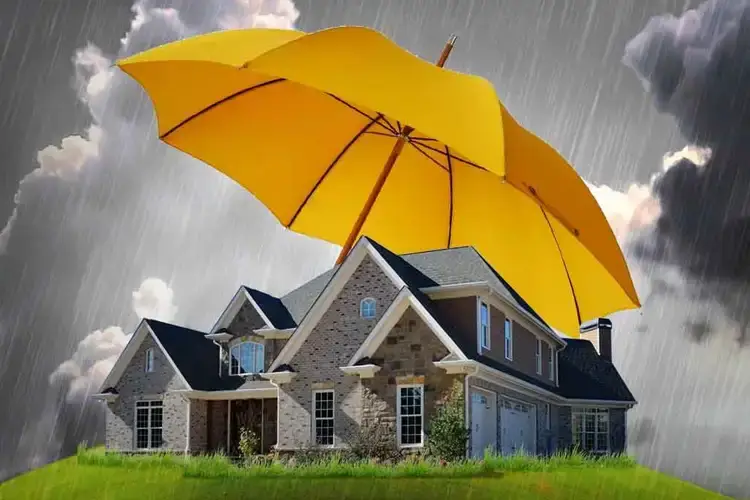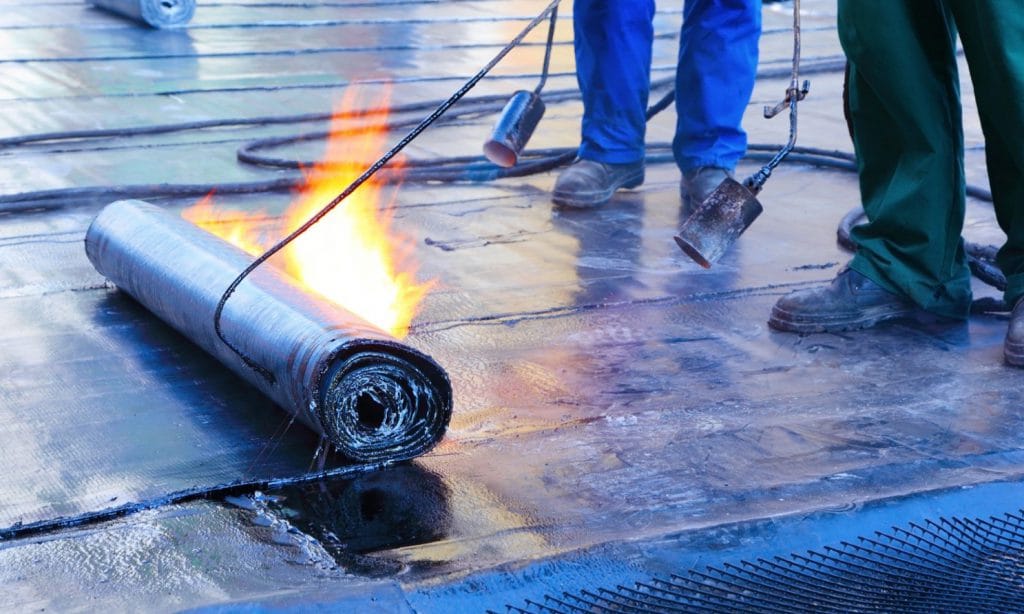French drain installation Omaha Explained: What Every Homeowner Should Know
Wiki Article
Kinds of Waterproofing: Exploring the Different Techniques and Their Applications
Waterproofing is an essential facet of construction and maintenance. It protects frameworks from the harmful impacts of water damage. There are several techniques offered, each with its distinct applications and benefits. From membrane layer systems to cementitious services, comprehending these choices is necessary for reliable application. The option of waterproofing approach can greatly impact toughness and longevity. Checking out these different methods exposes their unique benefits and prospective obstacles, motivating more consideration of ideal solutions.Membrane Layer Waterproofing Solutions
Membrane waterproofing systems offer as a vital barrier against water invasion in different frameworks. These systems normally are composed of slim sheets made from products like rubber, polycarbonate, or asphalt, which are used to surfaces to stop moisture infiltration. They can be set up over or below quality and are specifically effective in locations prone to high water direct exposure, such as basements, roofing systems, and foundations.The installment procedure entails cleaning the substratum, using adhesives or guides, and precisely fitting the membrane to guarantee complete protection. Membrane systems can be either fully stuck, mechanically affixed, or laid loose, depending on the specific needs of the project. They use durability and adaptability, accommodating architectural movements without endangering their waterproofing capacities. Furthermore, these systems can be enhanced with additional layers for enhanced security. Eventually, membrane waterproofing systems are essential for securing structures versus water damages and preserving long-lasting integrity.Liquid-Applied Waterproofing Coatings
Liquid-applied waterproofing coverings give a versatile solution for protecting surfaces from water infiltration - Water Solutions Omaha. These finishings consist of fluid products that, when used, create a smooth, versatile membrane. Their flexibility enables application on various substratums, including concrete, metal, and timber. The finishes can be utilized in varied atmospheres, from property to commercial settings, making them appropriate for roofs, foundations, and below-grade structures.One significant benefit of liquid-applied coatings is their ability to adhere to irregular shapes and pass through fractures, creating a durable obstacle against dampness. They often exhibit outstanding adhesion buildings and resistance to UV radiation, making sure long life and toughness. Furthermore, the application process is normally simple, permitting fast installation and decreased labor expenses. This method also minimizes the danger of water merging, as the continual layer successfully directs water away from susceptible locations. Overall, liquid-applied waterproofing finishes are a reliable option for complete water protectionCementitious Waterproofing Solutions

Cementitious waterproofing options supply a durable choice for frameworks requiring reliable wetness protection. These systems mostly utilize a blend of concrete, sand, and chemical ingredients to produce a water resistant obstacle. They are commonly related to surfaces such as concrete walls, foundations, and floors, offering a durable, lasting defense versus water intrusion.One of click reference the crucial benefits of cementitious waterproofing is its ease of application; it can be applied making interior waterproofing use of a brush, roller, or spray, making it appropriate for numerous task dimensions. In addition, this technique works with numerous surfaces and can commonly be utilized in combination with various other waterproofing techniques.Cementitious solutions are particularly effective in atmospheres where water exposure is a worry, such as basements or below-grade frameworks. Their excellent bond residential properties assure that they bond well with substratums, providing a strong and nonporous layer against dampness infiltration.
Bentonite Waterproofing
Bentonite waterproofing is a highly reliable method that makes use of sodium bentonite clay to produce an all-natural barrier versus water. This strategy exploits the special residential properties of bentonite, which increases upon call with water, sealing any kind of possible leakages and protecting against moisture seepage. It is typically used in different applications, including structure walls, passages, and preserving walls, where water resistance is essential.Bentonite can be applied in a number of kinds, such as panels or blankets, offering convenience in setup. Its ability to self-seal makes it an attractive alternative for areas based on moving soil or rising and falling water degrees. In addition, bentonite waterproofing is eco-friendly, as it is a natural product that does not introduce dangerous chemicals right into the surroundings.Drain and Outside Waterproofing Equipments
Effective waterproofing often involves a mix of strategies, consisting of drain and outside systems. Water drainage systems, such as French drains pipes and sump pumps, are made to reroute water away from structures, decreasing hydrostatic stress versus structures. These systems about his are vital in avoiding water buildup that can cause architectural damages and mold growth.External waterproofing, on the various other hand, includes applying safety obstacles to the building's exterior. Techniques such as the setup of water resistant membrane layers, coatings, or sealers can assist protect against water infiltration. This technique not only secures the foundation yet additionally enhances the overall longevity of the structure.Together, water drainage and exterior waterproofing systems form a comprehensive remedy to take care of water successfully. By applying these techniques, building owners can secure their investments versus the damaging effects of wetness, making certain long-term stability and safety and security for their buildings.Frequently Asked Concerns
How Do I Select the Right Waterproofing Technique for My Task?
Selecting the appropriate waterproofing technique relies on aspects such as job kind, environmental problems, budget plan, and wanted durability. Examining these elements allows for educated decisions customized to particular demands and demands.
Can Waterproofing Be Applied in Cold Climate Issues?
Waterproofing can be used in winter conditions, but it needs certain materials and techniques. Cold temperatures might influence treating times and adhesion, requiring mindful choice of products designed for low-temperature application.
What Are the Usual Indicators of Waterproofing Failure?
Typical indications of waterproofing failure include visible water discolorations, peeling off paint, wet odors, mold and mildew development, and splits in walls or foundations. French drain installation Omaha. These indicators suggest that wetness is penetrating the obstacle, compromising its performanceHow Long Does Waterproofing Last Prior To Requiring Maintenance?
The longevity of waterproofing varies, usually lasting in between 5 to one decade. Factors such as worldly high quality, ecological problems, and maintenance techniques affect its durability, requiring regular evaluations to assure efficient protection against water breach.Are There Eco-Friendly Waterproofing Options Available?
The concern of green waterproofing options discloses a growing passion in lasting materials (French drain installation Omaha). Numerous natural compounds, such as plant-based sealants and recycled items, offer reliable solutions while lessening environmental influence, attracting environmentally mindful consumersReport this wiki page